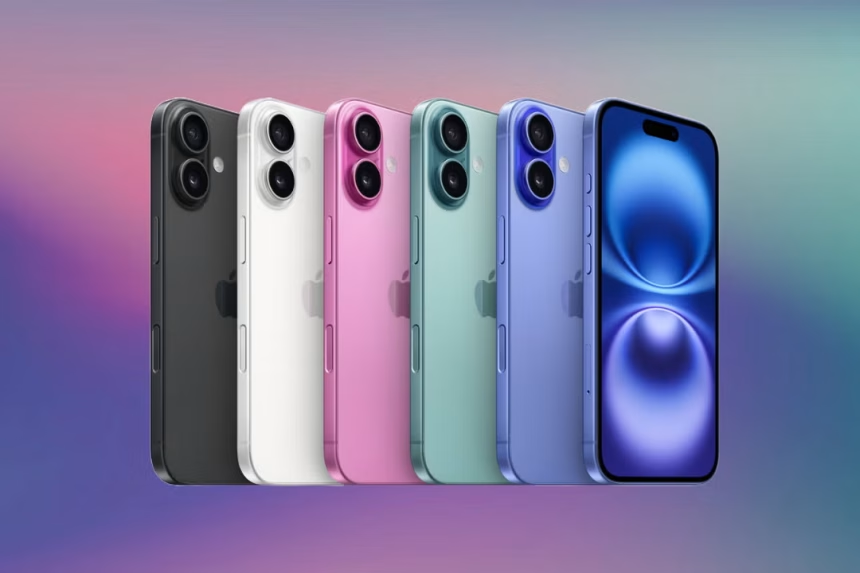Apple’s iPhone 16 series is set to launch on September 20, featuring notable hardware upgrades. However, the major highlight is not the Pros’ larger displays or the new Camera Control button but rather the generative AI-powered Apple Intelligence software platform.
Although Apple Intelligence will not debut with the new phones and is scheduled to roll out as a software update for US English users in October, Apple (AAPL) is clearly positioning this technology as a key driver to revitalize iPhone sales, which have been declining in recent quarters.
Apple CEO Tim Cook emphasized that the iPhone 16 lineup is the first to be designed “from the ground up” for Apple Intelligence.
While the iPhone 16 will benefit from Apple Intelligence, the company is positioning this platform as its long-term software strategy, aiming to build upon it in the coming years.
“This is a long-term play for Apple,” noted Nabila Popal, senior research director at IDC, in a note following the iPhone 16 launch event on September 9. “Although we may not see an immediate impact, Apple Intelligence is set to transform the smartphone user experience, much like the original iPhone did.”
During the keynote, Apple highlighted several features of Apple Intelligence slated for release next month.
These include generative AI-powered summaries for text notifications and emails, writing tools for proofreading and summarizing documents, photo editing tools, and the ability to record and transcribe notes and phone calls.
This initial look at Apple Intelligence reflects the company’s vision for AI and its anticipated benefits for consumers.
While similar capabilities have been introduced by Google and Samsung, Apple aims to emphasize that its AI offerings are just the beginning of a more extensive rollout, which will include an upgraded version of Siri.
The goal is to ensure that users don’t dismiss the early AI applications as limited.

The tech industry has promised that generative AI will revolutionize gadgets and software, and if initial experiences fall short, it could negatively impact perceptions of Apple’s AI ambitions.
Apple’s approach of gradually introducing Apple Intelligence features allows the company to address any early shortcomings and progressively enhance its capabilities. This strategy also provides a buffer if initial features encounter issues, similar to the challenges faced by Google with its AI Overviews.
By releasing new features over time, Apple aims to prevent users from feeling overwhelmed by too many new functionalities at once, which could potentially lead to confusion and dissatisfaction.
Despite the gradual rollout strategy, Apple must still meet high expectations. While the initial impact may not be dramatic, the company is setting up Apple Intelligence to offer an impressive array of features.
Siri, in particular, appears poised to evolve into a more advanced assistant, with capabilities to understand screen content and handle both spoken and typed requests.
Thomas Husson, Forrester vice president and principal analyst, remarked, “Siri might not revolutionize our interactions just yet, but there are clear signs that it is evolving into a more effective digital agent, leveraging on-device information and personal context to deliver enhanced experiences.”
Apple also introduced a new visual intelligence feature that will utilize the iPhone 16’s Camera Control to provide contextual information, similar to Google’s Circle to Search. For example, pointing the camera at a restaurant will reveal ratings and hours, while scanning a pair of shoes will show online purchasing options.
Although Apple is being cautious with its rollout strategy, it is clear that the company has ambitious plans that could significantly change how we use our phones. The key will be successfully executing these plans.







